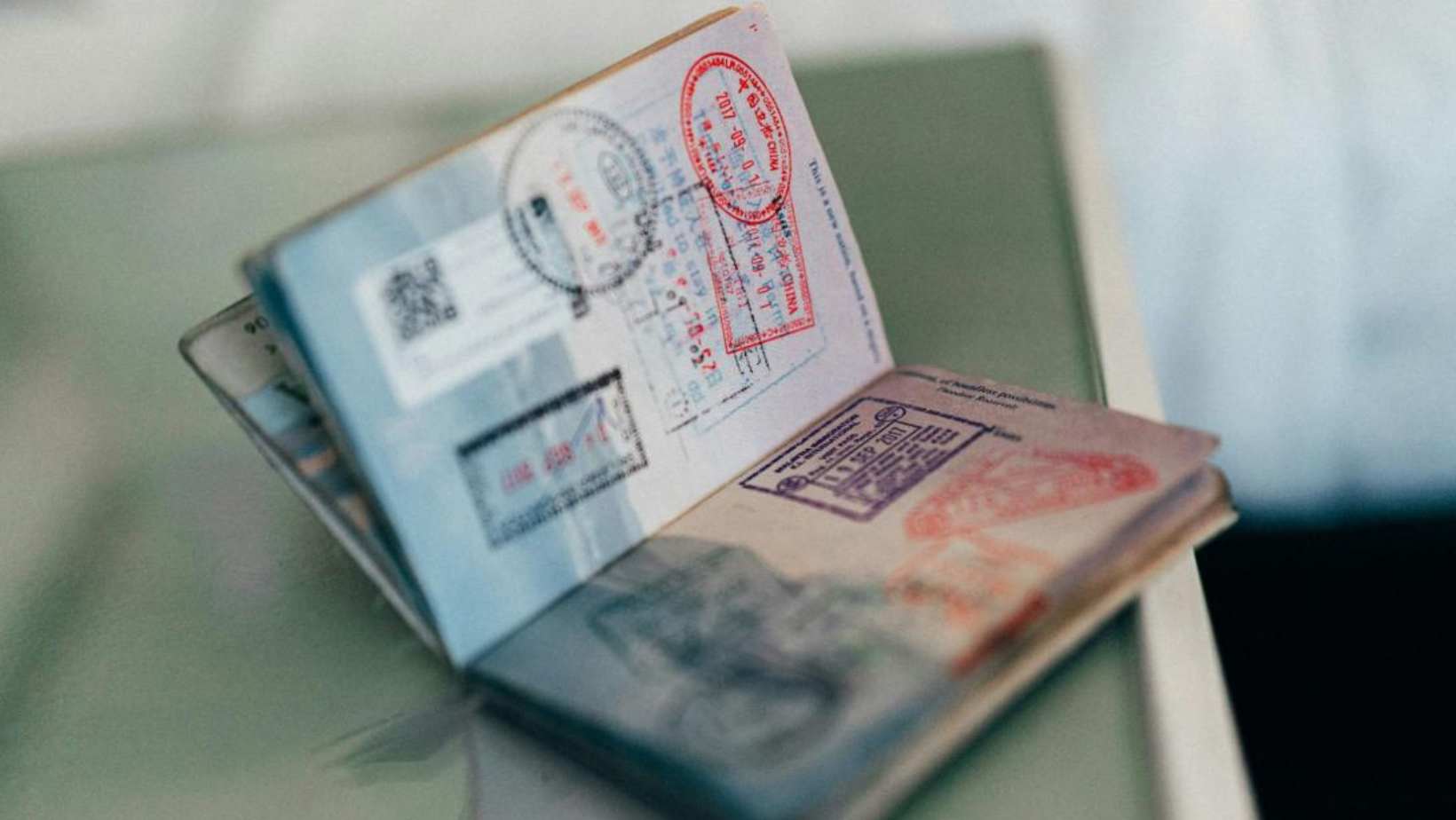Czech DNA: What Is the Ethnic Makeup of Czechs?
Prague Morning

Like most countries, the people of the Czech Republic descend from multiple genetic groups, and about 90% of Czechs can be traced to other ethnic groups that migrated into the country.
Genomac, a Czech firm specializing in genetic analysis, found that their country was about “half Slavic”, otherwise the Czech genome was a very colourful mix of different genes. They found that 20% of people they tested had relatives in another country they had no idea existed, and that some common genetic traits were rooted beyond the middle ages.
It’s believed that the people of the Czech Republic are made up of:
-37% Slavic peoples
-25% Western Europeans, mostly French, German, and northern Italy.
-9% Balkans
-9% Semitic, (arabs and jews)
-7% Germans and Scandinavians
-3% from other random parts of the world
-10% are “purebred” Czechs whose genetics are almost exclusively found in the northern Czech Basin (české kotlině.)
The first known people in recorded history to inhabit the Czech Republic were in fact Celts, who have left behind a visible genetic legacy on the Czech people today.
A genetic mutation called G551D which causes cystic fibrosis in Czechs and Austrians can be traced back to Celts.
But the distant history of Czech genetics gets even more convoluted and interesting.
When British Egyptologist Howard Carter discovered King Tutankhamun’s 3000-year-old mummy in 1922, geneticists assessed his entire genome structure and found that he had a direct descendantliving in Kopřivnice named Josef. Although we can safely assume that Tutankhamun never had a chance to learn Slovak or Czech, and never even visited, this interesting piece of trivia shows how interconnected we all are.
The study of Czech genetics isn’t just for fun, firms like Genomac can use their information to make important progress in medical research, like testing people’s DNA to decipher which diseases they are prone to, and which treatment they will best respond to.
-
NEWSLETTER
Subscribe for our daily news









